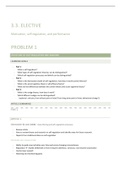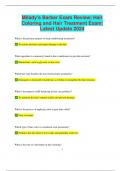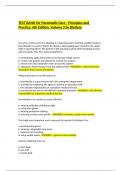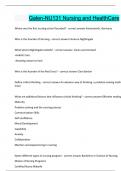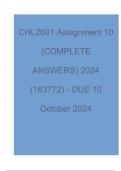Summary
Summary Problem 1 - 3.3 Motivation, Self-Regulation, and Performance (FSWP-K-3-1-A)
- Course
- Institution
Extremely detailed literature summary from Problem 1 of the elective motivation, self-regulation, and performance. Written in English by GPA 8 honours student. Very very detailed and quite long, written in bulletpoints but a slightly narrative format. Can be used solely and not read original so...
[Show more]
